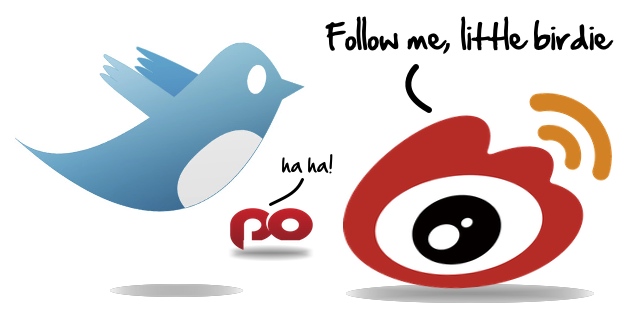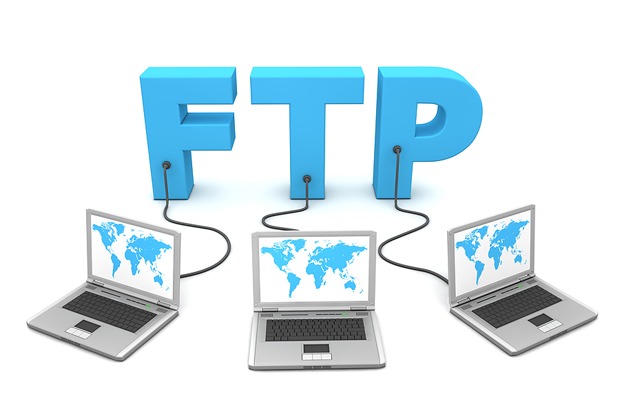Seperti dikutip dalam artikel yang ditulis Susetyo Dwi Prihadi di laman detikinet bahwa pemerintah di Negeri Tirai Bambu itu menerapkan kebijakan tangan besi untuk industri internet. Banyak perusahaan dan aplikasi (khususnya dari negara barat) yang harus terbentur dengan aturan 'Tembok Besar China'. Salah satu alasannya adalah untuk mendukung ekosistem lokal agar bisa mengontrol warganya.
Dan sejak tahun 2009, kala itu internet mulai booming di kalangan netizen di China, saat itu banyak situs-situs populer di dunia tidak dapat diakses di China. Pemerintah China takut perusahaan barat 'mengintip' aktivitas warganya.
Berikut adalah beberapa situs ternama yang diblokir aksesnya oleh 'Tembok Besar China':
Sejak Juli 2009, beberapa produk Google seperti Google Docs, Picasa, Gmail dan Google+ diblokir dan beberapa masih hingga saat ini. Alasannya agar pemerintah bisa mengontrol warganya.
Facebook adalah salah satu yang juga diblokir pada tahun 2009. Karena pemerintah juga takut, akun Facebook dari China dapat menyebarkan dengan cepat informasi dalam negeri ke luar.
- YouTube
YouTube diblokir sejak tahun 2009. Alasannya, saat itu YouTube menampilkan video yang bersifat sensitif terkait masalah Tibet.
Ditutup juga sejak 2009 dengan alasan yang nyaris serupa agar penggunanya dari China tidak bebas dan mengontrolnya.
- Wikipedia & Blogspot
Alasan pemblokirannya sama, ikut menyuarakan kebebasan berpendapat tanpa bisa dikontrol.
Dan sebagai gantinya, China membuat sendiri situs-situs sejenis, diantaranya Weibo, Alibaba, Baidu dan Yuoku.
Menurut saya, kebijakan pemerintah China cukup masuk akal karena alasan utama mereka adalah untuk tidak adanya orang-orang luar yang 'mengintip' aktivitas dari warganya. Namun kebijakan ini pun mungkin dapat berimbas negatif terhadap warga-warganya. Ada kemungkinan ketidakpuasan warganya mengenai 'Internet Freedom' yang justru dibatasi oleh pemerintahnya sendiri.
Jika dilihat dari segi bisnis tentunya akan merugikan perusahaan-perusahaan luar yang mencoba untuk melebarkan sayap bisnisnya ke Negeri Tirai Bambu ini karena adanya ketentuan yang berlaku disana. Dan untuk China sendiri mungkin akan sedikit kesulitan ketika mencari partner kerjasamanya dalam bisnis. Namun, selama pemerintah China dapat mengatasi dan memberikan solusinya maka kebijakan untuk kebebasan ber-internet sah-sah saja dan bahkan mungkin akan mendapatkan banyak benefitnya.
Sumber :
http://inet.detik.com/read/2014/08/28/093103/2674752/398/2/kebijakan-tangan-besi-internet-china
http://www.websitepulse.com/blog/the-10-most-popular-blocked-websites-in-china
























